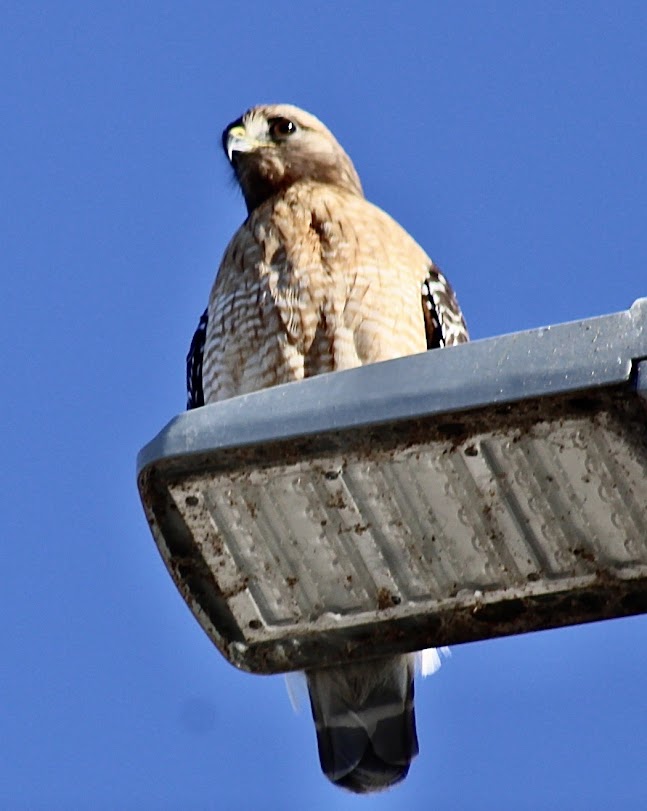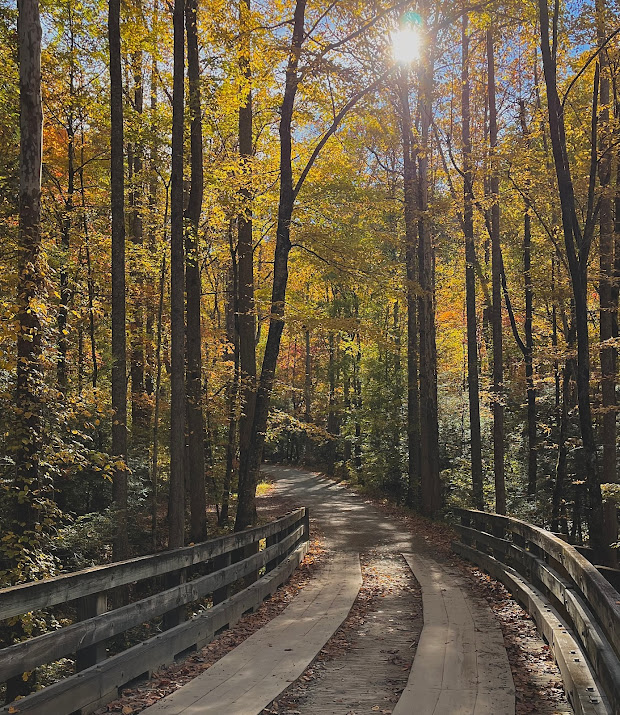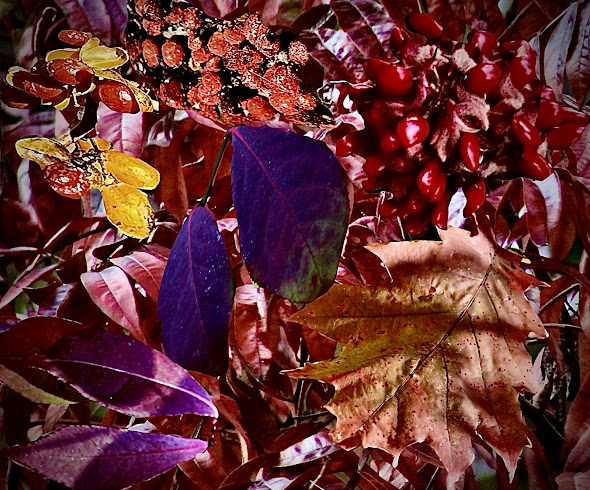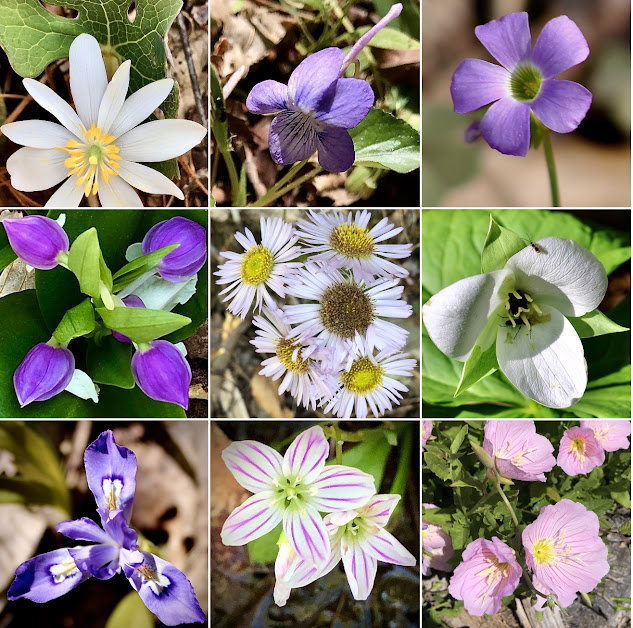Coopers Hawk Captured with Photos and Videos Feeding on Feral Pigeon
On February 20, 2023, as I was finishing a Nature Photography walk along the Maryville/Alcoa, Tennessee Greenway Connector Trail to Lincoln Road, I happened to see one of my most interesting scenes from Nature observations over many years for me.
Left click on each photo for a better view in a gallery format. You can also scroll through them with the directional arrows. To return to the main page hit escape or click the X in the upper right hand corner of the picture.
I was heading back home and finishing my walk along the Harper Avenue side of Browns Creek and had just walked under the high overhead Hall Road bridge. The Greenway trail runs under this bridge also, but I was on the other side of Browns Creek from the trail.
As I was watching for movements and listening for any birds on the creek bank I spotted this predatory Coopers Hawk (Accipiter cooperii) feeding among a pile of feathers.
I was able to move slowly without bothering the Hawk and got a little closer to this feast it was having. I improved my sightline through the stream side undergrowth for better photos.
I snapped close to 65 photographs and did not want to miss any of this very interesting observation of some of the "survival of the fittest" and the often what seems like cruelty that occurs in Nature.
For more about predators and prey relationships in the wild, I Googled and found this resource that I believe gives accurate Ecology information based on hard and tested Science research. I have added a few quotes from this Texas Parks and Wildlife on line Web page.
"Predation also assures the "survival of the fittest," nature's basic law. Old, diseased, or injured animals are easy meals for predators. Young animals are also in danger since they are not as strong, fast, or wise as adult animals. Those with strong instincts for survival will learn how to avoid their predators. Natural predation has a definite place in the balance of nature, so the next time you catch yourself thinking how bad a predator is for killing a cute little bunny, remember the predator is only killing for food."
"You may think that since you are not a hunter, you are not a predator. How about the beef, pork, lamb, fish, or chicken you eat each day? Just because you do not kill the animal yourself does not make you less of a predator. You are still an animal eating the flesh of another animal to satisfy your hunger."
"Eagles, hawks, falcons, and owls are probably the best-known predators of the bird world. Everyone knows how one of them can swoop down, catch and kill a small creature, and then use a sharp-edged, hooked beak to tear bite-sized pieces of flesh from the animal. Because they feed on small mammals, are these birds more cruel than the fish-eating pelicans, gulls, terns, herons, egrets, and kingfishers or the insect-eating woodpeckers, flycatchers, warblers, swallows, swifts, and chickadees? Although their food preferences are different, they are all predatory birds killing to satisfy their hunger."
I decided to see if I could move closer and video this "Moment in Nature" with my iPhone. I have found I capture better videos if close enough to zoom in with my iPhone rather than my Canon Rebel EOS 7 Camera. I get too many "shakes" when videoing with the camera unless I can prop it against a tree or other stable object.
To view this video click on it and to enlarge the video go to the lower right hand corner and click the box for a full screen. Hit escape to return to this post.
I went back to this area 7 days later on February 27 and photographed these feathers from the predatory feeding site. After posting them to iNaturalist they were confirmed to be from a Domestic or Feral Pigeon (Columba liva domesticia).
Just across Harper Avenue is an older building that was once a car dealership, but now an automobile body shop. From my elevated deck on the hilltop across Browns Creek and the Greenway trail, I have seen several Pigeons flying and roosting on the roof of this building as urban Pigeons often do.
This photograph of a Feral Pigeon was taken several months before nearby on a street light about one-half mile away along the Greenbelt Lake trail.
Please continue to read the information on this species and I have another interaction below between this individual and four other Feral Pigeons and the Red-shouldered Hawk in the next picture from December 27, 2022.
Adding in this interesting observation that took place on December 27, 2022 at the same time I took these Feral Pigeon photos on these street lights just across the Cusick Street bridge.
I also captured this Red-shouldered Hawk photo a minute before and about 35 feet away. It appeared to be that the Pigeons were not in fear of this Hawk.
Links to Red-shouldered Hawks in Maryville Alcoa area and the Biodiversity of Birds in
Closer to Nature.... Digital Nature Journals
Randy's history summary and basic understandings of Feral Pigeons origins and their impacts today.
The story of the Pigeons and Humans interactions is thought to go back close to 10,000 years as a food source. An estimated time of maybe 5000 years of domestication of these birds by humans that began in Egypt.
Selective breeding for so long has resulted in changes in the wild pigeon genetics and lead to many different breeds. Charles Darwin used observations of Pigeons and their different physical characteristics to formulate some of his theory of natural selection which has lead to understandings of Evolutionary Biology that guide so much of scientific processes today.
The wild Rock Pigeon is thought to be the original ancestor of the Feral Pigeons found in North America today. They are a Non-native species to North America, but fulfill a role in the dynamics of urban areas and as a food source for Hawks.


















Comments
Post a Comment